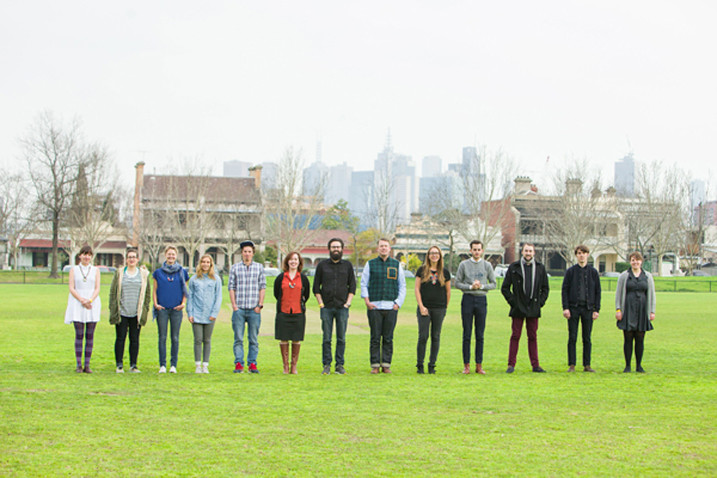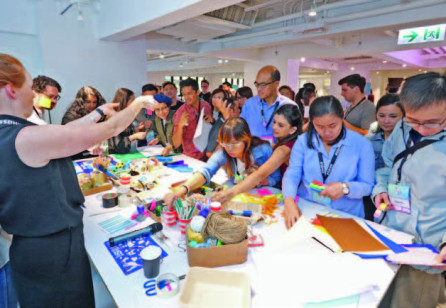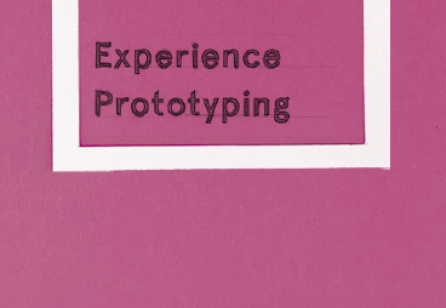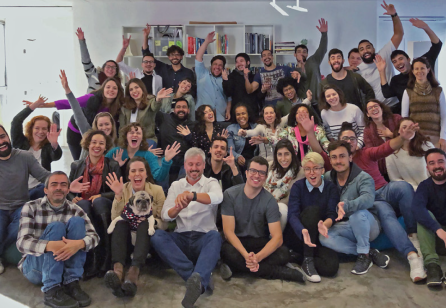SDN: From setting up a pop-up office at your client to organising a big forum for all the stakeholders, co-creation appears to be at the heart of your open design approach. What is its most challenging aspect?
Liisa Vurma & Ashlee Riordan: Our co-creative approach is usually a very different way of working for our clients. From our side, it requires patience and being aware that we are asking them to step out of their comfort zone. Our clients might not be comfortable with “the fuzzy front end” of the project or the fact that we are building prototypes that might fail before they succeed.
Occasionally a co-creative approach is suggested in the brief but, generally, there is some guidance required, so we need to take our clients on a bit of a journey. Initially there can be resistance to more generative research practice – naturally we all just want to crack on with things and get to the ‘making’ part of projects – but the benefits quickly become apparent to everyone involved. Working through this and educating teams on the design process is ultimately a really rewarding experience for both our team and our clients’ teams.
You craft both the experience and the delivery of your client’s service. What happens afterwards: what is your position in the service design implementation phase?
We try to be involved as much as we can in the implementation phase: we’ve set up pilot sites and live service prototypes. In our opinion, services should always live in an iterative loop of testing and improving, so it becomes hard to draw the line between a prototype and the ‘real’ service.
We’re constantly working on measuring the impact our work has, beyond the obvious economic and service metrics. Our raison d’être is to bring about positive social and environmental benefit, so measuring that in a consistent way can be hard, especially when we are working across many different industry verticals and many different disciplines. We’re releasing Thick’s first annual Impact Report in 2015, so it will be interesting to see that take shape over the coming months.
What sets us apart from other service design agencies is the fact that we are essentially a full service digital and brand agency as much as we are a service design agency. So we get to design and build most of the touch points in the service journey. It makes a huge difference when designers and developers are involved in the research phase and the research translates really well into the digital products and service touchpoints that we create.











Share your thoughts
0 RepliesPlease login to comment